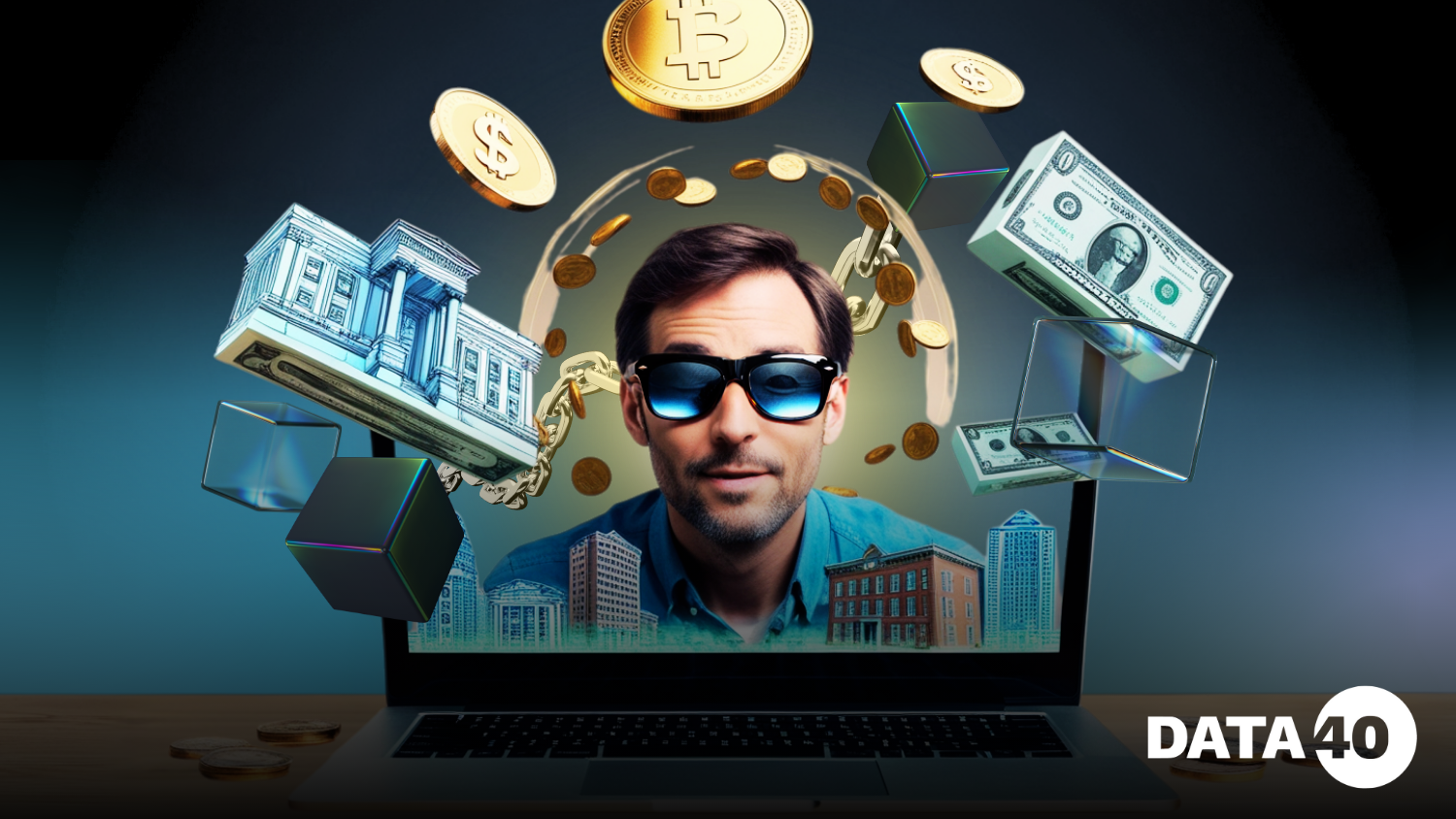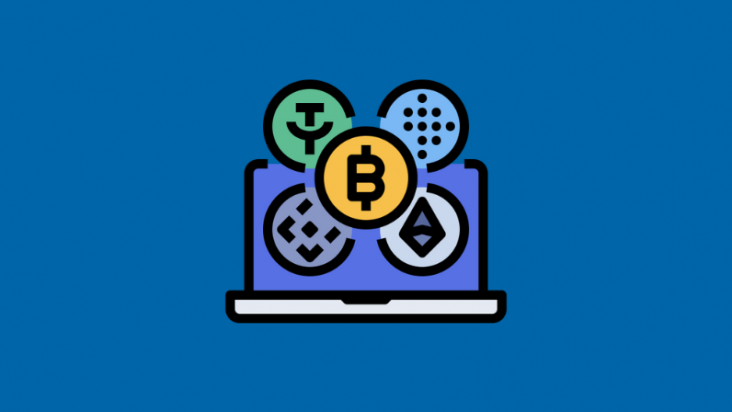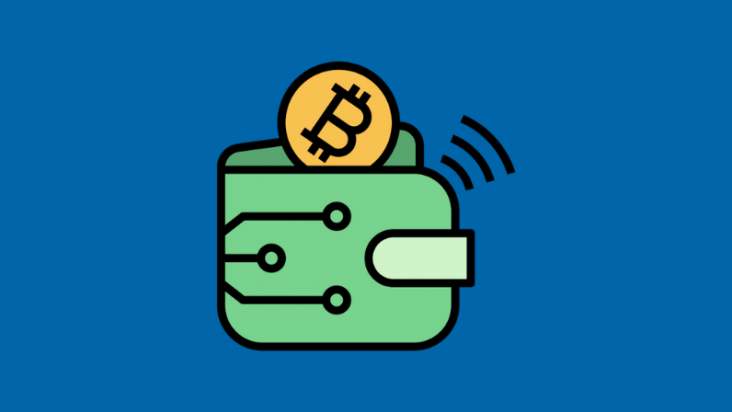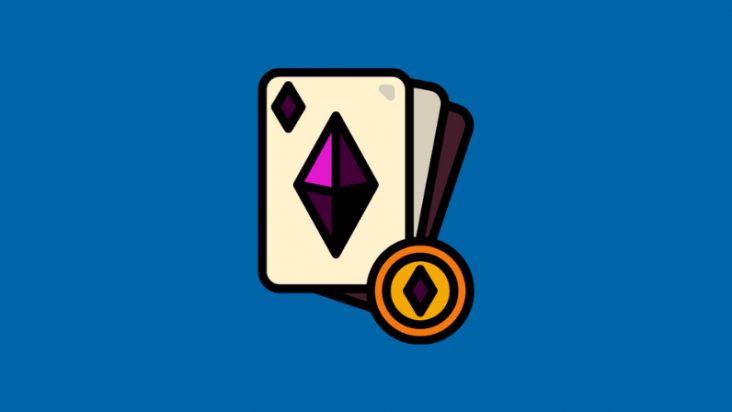

The convergence of blockchain technology and the metaverse has created groundbreaking opportunities for businesses and projects looking to innovate and connect with new audiences. The metaverse, a collective virtual space encompassing augmented reality, virtual reality, and interconnected digital environments, offers a dynamic platform for promoting blockchain projects.
Understanding the Metaverse and Blockchain Integration
The metaverse represents a digital universe, a blend of interconnected virtual spaces where users can interact, create, and trade. For blockchain projects, the metaverse provides a platform to showcase their technology and engage with users in a decentralized manner. Blockchain is integral to the metaverse because it offers the security, transparency, and ownership mechanisms needed to establish trust and facilitate transactions in these virtual worlds.
Metaverses are built on blockchain technology, and this relationship is symbiotic. Blockchain serves as the backbone for virtual goods, non-fungible tokens (NFTs), and digital assets within the metaverse. When blockchain projects enter the metaverse, they access a tech-savvy audience that is highly engaged in the digital economy and interested in decentralized finance (DeFi), NFTs, and digital assets.
Key Benefits of Using the Metaverse for Blockchain Promotion
Immersive Marketing Experiences
The metaverse offers blockchain projects an opportunity to engage with users in highly immersive and interactive ways. Traditional marketing methods can be effective, but they often fail to create lasting, emotional connections. The metaverse, however, allows users to experience projects firsthand through virtual events, exhibitions, and even immersive games that directly showcase a project’s value.
For example, a blockchain project could host a virtual art gallery where users can view and interact with NFTs or a treasure hunt where participants engage with a project and complete tasks that reward them with cryptocurrency. These gamified experiences can significantly boost user engagement and foster long-term relationships with participants.
Increased Digital Ownership through NFTs
Non-fungible tokens are central to the metaverse, and blockchain projects can leverage NFTs to promote their brand, build community, and offer rewards. NFTs can represent anything from digital art to in-game items, and they give users verifiable ownership of assets. Blockchain projects can create unique NFTs tied to their brand and use them as marketing tools. These could be offered as rewards for user participation in events, for loyalty, or as exclusive membership tokens.
By integrating NFTs into marketing strategies, blockchain projects can offer users a tangible connection to their project. For example, an NFT could unlock access to exclusive content or virtual spaces, driving further engagement and creating a sense of belonging within the community.
Enhanced Digital Identity and Trust
Blockchain’s ability to provide secure, verifiable digital identities makes it ideal for the metaverse. These digital identities, created using cryptographic keys, ensure that users can interact with one another and with projects in a trustworthy and secure manner. Blockchain projects can use digital identities to enhance their credibility and promote transparency. This, in turn, encourages users to participate more actively in virtual spaces and engagements.
For instance, blockchain projects could utilize smart contracts to create transparent agreements in virtual environments. These smart contracts could facilitate transactions, grant access to certain areas or content, and ensure that interactions are secure and verifiable. This level of security encourages users to trust the platform and engage more fully with the project.
Effective Strategies for Promoting Blockchain Projects in the Metaverse
Host Virtual Events and Conferences
Virtual events in the metaverse present an exciting opportunity for blockchain projects to showcase their work. Events can range from product launches to educational seminars, developer meetups, and networking events. By hosting these events in a virtual space, blockchain projects can engage with a global audience in a cost-effective way.
Platforms like Decentraland and Cryptovoxels are becoming increasingly popular for hosting blockchain-related events. These platforms allow users to explore virtual spaces, interact with others, and participate in events that educate them about blockchain technology, NFTs, and decentralized finance.
Use Virtual Advertising for Visibility
The metaverse provides unique opportunities for digital advertising. In traditional advertising, companies often rely on banners, TV spots, or print ads. In the metaverse, blockchain projects can place virtual billboards, branded environments, and in-game advertisements that are integrated into the virtual world. These ads can target specific users based on their interests and behaviors, making them highly effective at reaching the right audience.
Blockchain projects can also sponsor virtual events or create their own branded spaces within the metaverse. For example, a blockchain project might create a virtual headquarters where users can learn about its offerings and interact with its team.
Partner with Influencers and Creators
The metaverse is home to numerous influencers and content creators who hold significant sway over their audiences. These individuals can help blockchain projects amplify their message and reach highly engaged communities. By collaborating with metaverse influencers, blockchain projects can tap into established fan bases and increase their visibility.
Influencers in the metaverse often have a loyal following, and their endorsement can lend credibility to a blockchain project. Additionally, many metaverse influencers are involved in creating NFTs and digital assets, providing another avenue for collaboration and cross-promotion.
Develop Interactive Virtual Spaces
Creating a branded virtual headquarters or interactive experience within the metaverse can allow blockchain projects to showcase their vision, products, and services in a more engaging and creative way. These virtual spaces can serve as hubs for community interaction, educational content, and promotional activities.
For instance, Binance, a leading cryptocurrency exchange, has established a presence in the metaverse with its own virtual offices. These offices allow users to learn about Binance’s services and participate in exclusive events or educational seminars. By developing a branded virtual space, blockchain projects can create lasting connections with users and stand out in the crowded metaverse.
Gamify Blockchain Concepts
Gamification is an excellent way to make blockchain concepts more accessible and engaging. Blockchain projects can integrate gaming mechanics into their metaverse strategies, allowing users to learn about blockchain while participating in fun, interactive experiences.
For example, a blockchain game could allow users to mine cryptocurrency or complete quests that reward them with tokens or NFTs. This kind of gamified experience not only attracts users but also educates them about blockchain in a fun and engaging way.
Utilize Smart Contracts for Transparency and Efficiency
Smart contracts are self-executing contracts with the terms of the agreement directly written into lines of code. These contracts are used to facilitate, verify, and enforce the negotiation or performance of a contract. Blockchain projects can use smart contracts within the metaverse to facilitate transparent transactions, whether that’s selling NFTs, managing rewards, or executing loyalty programs.
Using smart contracts in the metaverse ensures that all transactions are secure, verifiable, and transparent, which builds trust with users and increases the credibility of the project.
Addressing the Challenges in Metaverse Promotion
Overcoming Market Saturation
With an increasing number of blockchain projects entering the metaverse, standing out can be challenging. The market is becoming more crowded, making it harder to capture users’ attention. Blockchain projects need to differentiate themselves by offering unique value propositions, whether that’s through innovative technology, creative marketing strategies, or exclusive offers.
Additionally, developing partnerships with well-established metaverse platforms, influencers, and creators can help blockchain projects gain visibility in a competitive space.
Overcoming Accessibility Barriers
Many users are still unfamiliar with the metaverse and blockchain technology, which can create significant barriers to entry. Blockchain projects must provide educational resources and user-friendly interfaces to help newcomers navigate the metaverse and understand how blockchain works.
Offering tutorials, guides, and community support can help users get started and feel more comfortable engaging with blockchain projects in virtual environments.
Security Concerns
As with any online space, the metaverse is susceptible to cyber threats, including hacking and phishing. Blockchain projects must prioritize security to ensure that user data, digital assets, and transactions are protected. Utilizing the robust security features of blockchain, such as cryptographic keys and decentralized networks, can help mitigate security risks and build trust with users.
The Future of Blockchain Promotion in the Metaverse
The metaverse is still in its early stages, but its growth potential is undeniable. With continued advancements in virtual reality (VR), augmented reality (AR), and artificial intelligence (AI), the possibilities for blockchain projects in the metaverse will continue to expand. Major companies like Meta, Microsoft, and Apple are investing heavily in metaverse technologies, signaling that this virtual frontier is set to grow exponentially in the coming years.
The metaverse offers a dynamic and immersive environment for blockchain projects to thrive. By hosting virtual events, utilizing NFTs, collaborating with influencers, and leveraging smart contracts, blockchain projects can engage users, drive adoption, and establish a strong presence in this rapidly growing digital frontier. As both the metaverse and blockchain ecosystems evolve, their synergy will continue to unlock new opportunities for innovation and growth.








